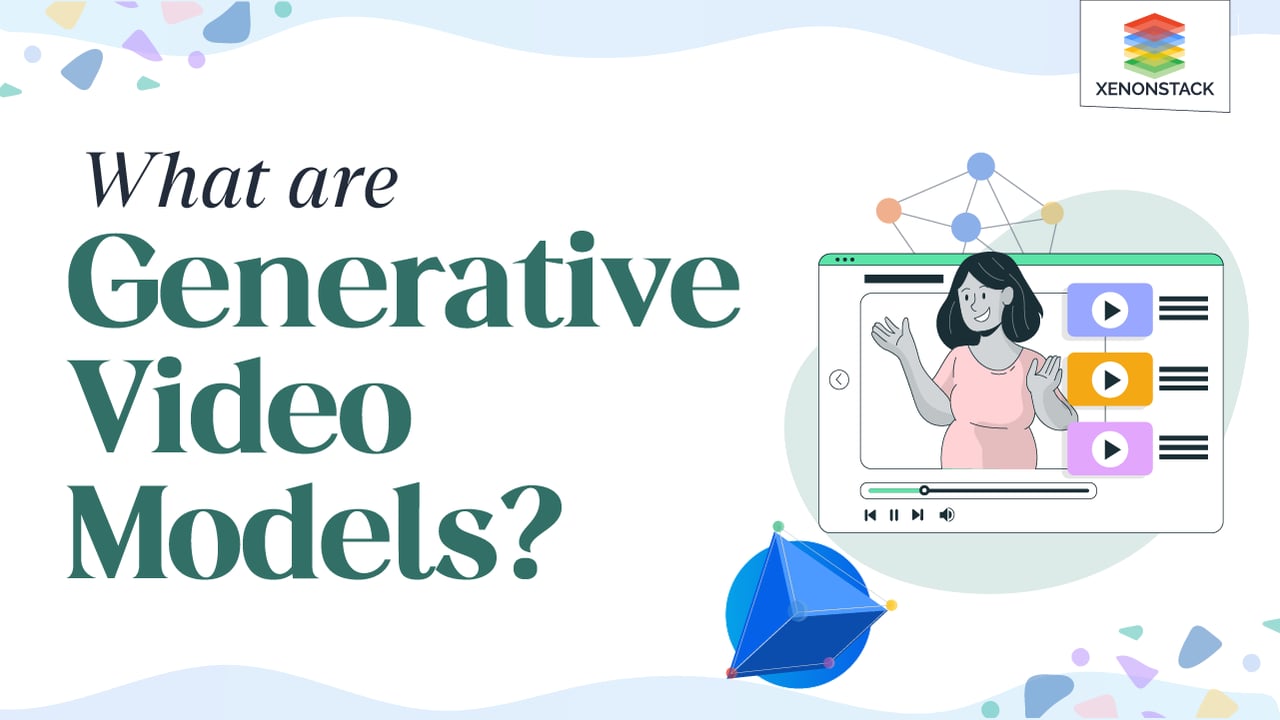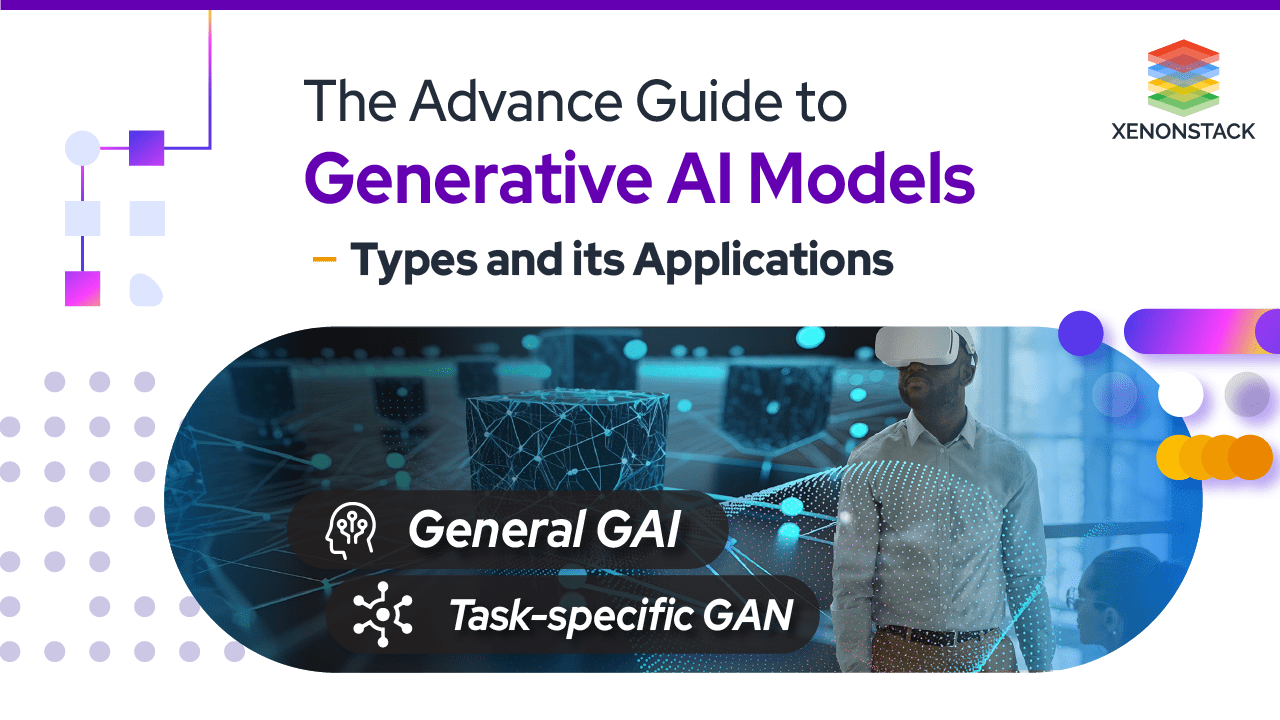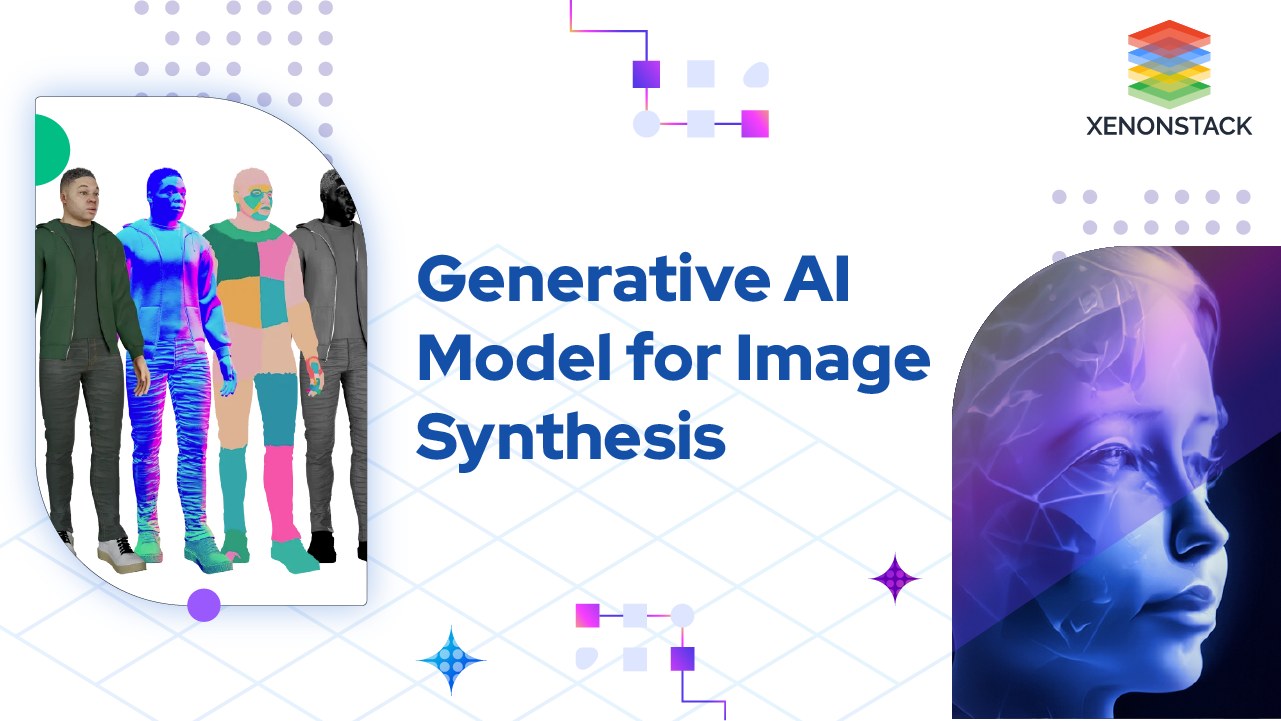
Introduction
Creating a generative video model allows for the generation of realistic and novel video sequences, opening possibilities in various applications such as video synthesis, content creation, and creative storytelling. Generative video models are computational models designed to generate video sequences with realistic and novel content. These models utilize techniques such as deep learning to learn from existing video data and generate new videos that resemble the characteristics of the training data.
What are Generative Video Models?
A generative video model is a computer program that creates new videos based on existing ones. It learns from a collection of videos and generates new ones that look realistic and unique. It uses algorithms and neural networks to create realistic and novel videos that exhibit unique variations.
It has practical applications in film, virtual reality, and video game development. It can be used for various applications, such as video synthesis, content creation, and special effects generation. For example, it can generate special effects or create lifelike environments.
Explore the exciting realm of Generative AI models embrace the power of machine learning and representing a paradigm leap in AI technology.
How to Create a Generative Video Model?
Creating a generative video model involves the following steps:
Data Preparation
Acquire a diverse video dataset that represents the type of videos you want to generate. Preprocess and clean the dataset by eliminating irrelevant or noisy videos, ensuring data quality and relevance. Split the dataset into training and validation sets for model training and evaluation.
Selecting a Generative Model Architecture
Choose a suitable generative model architecture for video generation, such as Variational Autoencoders (VAEs) or Generative Adversarial Networks (GANs).
It Includes the Following Models:
-
Variational Autoencoders (VAEs): Generative models that learn a latent representation of videos and generate new video sequences by sampling from the learned latent space.
-
Generative Adversarial Networks (GANs) are models composed of a generator and a discriminator that compete against each other to generate realistic videos.
-
Recurrent Neural Networks (RNNs) are models that capture temporal dependencies in videos and generate sequences based on learned patterns.
-
Conditional Generative Models: Models that generate videos conditioned on specific attributes or input information. Consider factors like computational resources, complexity, and specific requirements of your project.
Learn more about Generative AI Architecture the overall structure and components involved in building and deploying Generative AI models.
Training the Generative Video Model
Define the architecture and hyperparameters of your chosen generative model. Train the model using the prepared video dataset, optimizing it to generate realistic and diverse video sequences. Regularly evaluate the model's performance using the validation set to monitor its progress.
Post-Processing
If necessary, fine-tune or refine the generated video sequences to enhance their quality and coherence. Apply any necessary post-processing techniques, such as noise reduction, stabilization, or color correction.
Evaluating and Fine-Tuning the Model
Evaluate the generated videos based on various metrics, including visual quality, realism, and diversity. Gather feedback from users or domain experts to assess the effectiveness and usefulness of the generative video model. Iterate on the model, making improvements based on evaluation results and feedback.
Deployment and Application
Once you are satisfied with the model's performance, deploy it to generate new video sequences. The generative video model can be used for specific applications, such as video synthesis, content creation, or special effects in films or virtual reality experiences.
It's important to note that creating a generative video model is a complex task that requires a deep understanding of machine learning, computer vision, and video processing. It often involves experimentation, fine-tuning, and continuous improvement to achieve desired results.
Challenges while creating a Generative Video Model
-
Mode Collapse and Lack of Diversity: Overcoming the issue of limited variations and repetitive output in generative video models.
-
Long-Range Dependencies and Temporal Coherence: Ensuring smooth transitions and maintaining temporal consistency across frames in generated video sequences.
-
Incorporating Audio or Multimodal Information: Integrating additional modalities like audio into the generative model and synchronizing them with visual content.
-
Regularization Techniques and Data Augmentation: Applying regularization methods and data augmentation strategies to prevent overfitting and improve generalization.
Addressing these challenges requires innovative approaches in architecture design, training techniques, and data representation, which has led to advancements in generative video models and their applications.
Best Practices while creating Generative Video Models
Creating generative video models comes with its own set of challenges and requires adherence to best practices. Some key considerations include:
-
Overcoming mode collapse and lack of diversity: Ensuring that the generated videos exhibit a wide range of variations and avoid repetitive patterns.
-
Dealing with long-range dependencies and temporal coherence: Maintaining temporal consistency and smooth transitions between frames to create realistic and coherent video sequences.
-
Incorporating audio or other multimodal information: Exploring ways to integrate additional modalities, such as audio, to enhance the realism and richness of the generated videos.
-
Regularization techniques and data augmentation: Employ regularization methods to prevent overfitting and use data augmentation strategies to increase the diversity of the training dataset.
Acquire a diverse and representative dataset, ensuring it covers a wide range of video content. Preprocess and clean the data to remove noise and inconsistencies.
Choose an appropriate model architecture, such as Recurrent Neural Networks (RNNs) or Convolutional Neural Networks (CNNs).
Implement advanced training strategies like adversarial training or reinforcement learning to improve the model's performance. Define suitable evaluation metrics to measure the quality and realism of generated videos. Apply regularization techniques, such as dropout or weight decay, to prevent overfitting and enhance generalization. Continuously iterate and refine the model, incorporating feedback and insights from evaluation results.
Read also about Generative AI Code Assistants for Developers
Applications of Generative Video Models
-
Video Synthesis and Content Creation: Generative video models are used to generate new and unique video content, enabling creators to produce visually appealing scenes, characters, and special effects.
-
Creative Storytelling: These models assist in generating narrative-driven videos, allowing for interactive and personalized storytelling experiences in gaming, virtual reality, and interactive media.
-
Video Editing and Enhancement: Generative video models automate video editing tasks, enhancing video quality, removing noise, and generating missing frames, saving time and effort in post-production processes.
-
Video Augmentation and Upscaling: These models generate high-resolution or improved-quality versions of low-resolution videos, enhancing the visual fidelity of older or degraded footage.
-
Data Augmentation and Simulation: Generative video models create synthetic video data to augment training datasets for machine learning models, improving the robustness of video analysis systems.
-
Virtual Reality (VR) and Augmented Reality (AR): These models are vital for creating immersive VR and AR experiences by generating realistic virtual environments, interactive objects, and synthetic characters.
-
Video Compression and Transmission: Generative video models contribute to efficient video compression algorithms, reducing file sizes while preserving visual quality, leading to faster transmission and optimized storage.
Analyze the performance of their particular episode of a particular series through real-time data with AI video analytics.Click here to explore our Complete Guide to Video AI
Future Scope of Generative Video Models
-
Enhanced Realism: Advancements in generative models and computer vision techniques will lead to more realistic and high-fidelity video generation, blurring the line between real and generated content.
-
Multimodal Integration: Integrating audio, text, and other modalities with video generation will enable the creation of richer and more immersive video experiences.
-
Interactive and Controllable Generation: Future models will allow users to fine-tune their control over generated videos, specifying desired attributes, styles, or content elements.
-
Transfer Learning and Few-Shot Learning: Techniques like transfer learning and few-shot learning will improve generalization in generative video models, requiring less training data and enabling adaptation to new tasks.
-
Ethical and Responsible Video Generation: The future will prioritize addressing ethical considerations in generative video models, including privacy, authenticity, and fairness.
-
Applications in Virtual Reality (VR) and Augmented Reality (AR): Generative video models will play a vital role in creating immersive VR and AR experiences, enabling dynamic and interactive content generation.
Conclusion
Creating a generative video model requires a systematic approach, from data preparation to model training and evaluation. By following these steps, one can build a powerful tool for generating realistic and diverse video sequences. With further research and advancements, generative video models hold the potential to revolutionize the field of video synthesis and open exciting possibilities in various domains.
-
Read about Generative AI Tech Stack Breakdown | A Comprehensive Guide
-
Explore our Custom AI Development Solutions for Enterprises



